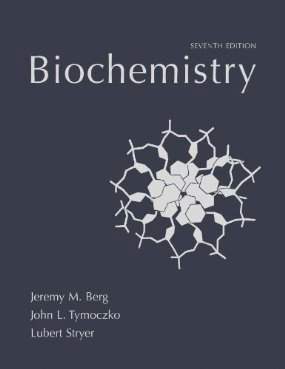Connecting...

For more information, please see full course syllabus of Biochemistry
Biochemistry Protein Function III: More on Hemoglobin
Cooperative binding increases hemoglobin’s oxygen affinity every time an oxygen molecule is added. There are two different models for how this happens, the MWC model and the sequential model. In the MWC model, all subunits in the hemoglobin protein are either in the tense (T) state or the relaxed (R) state, and they all change at once. In the sequential model, the subunits can change state independently. When oxygen is added, it can induce a conformational change in the other subunits to give them a higher oxygen affinity, but not all of them have to change at once. After discharging the oxygen in the tissues, hemoglobin can pick up waste products such as H⁺ and CO₂. These have their own binding sites. The lecture also covers 2,3-Biphosphoglycerate (2,3 BPG).
Share this knowledge with your friends!
Copy & Paste this embed code into your website’s HTML
Please ensure that your website editor is in text mode when you paste the code.(In Wordpress, the mode button is on the top right corner.)
- - Allow users to view the embedded video in full-size.










































 Answer Engine
Answer Engine




1 answer
Thu Feb 27, 2014 7:35 PM
Post by Yanet Ortiz on February 26, 2014
Great lecture!!! very clear explanation!!! thank you